I made a miniature Cabinet of Curiosity for the First State Mini Club show last month. The 8 inch by 8 inch box, a club project, was challenging because of the small size. My result wasn’t brilliant but it was fun to cram a lot of things in a small space. It needs some grunge to make things look old.
Tag: artifacts
Sprout’s Desk
Favorite Thing
The Results: A Second-Place Finish!
The show has opened, the judging is done, and I have a Second Place ribbon! Here’s how it got put together and what it looks like. The rest of the week is spent watering every morning, replacing plants that are suffering, chatting with people in line, and planning for next year’s display!
You can see many of the same images and more on Flickr.
The Garden of the Ku Gods
Things are moving along nicely with about half my interior garden planted. Here is a sneak preview of one part, The Garden of the Ku Gods, which features a statue of Kuka’ilimoku. This is not the final lighting which can’t be set until the box is in place at the show.
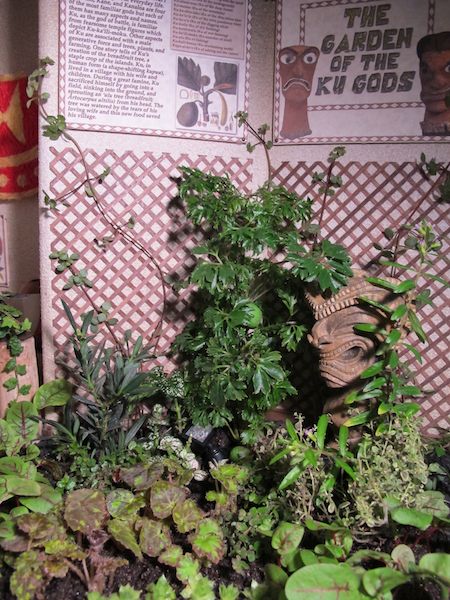
Museum Panels
I was pleased to see, in an article in the Philadelphia Inquirer, that the Flower Show has embraced a realistic approach to Hawaiian culture. I have been doing this from the start in my design of a miniature Hawaiian museum whose information on plant lore and usage I have been researching for months.
In the Museum of Hawaiian Plant Lore, I have created large panels to explain the displays. I actually made them quite large, the way I wish they were in most museums, so you can see them easily. Here are the panels in case you want to learn a bit about Hawaiian plants and plant lore or would like to see the panels more easily. You can click on any image to get a larger view and a slide show.
The Kapa Case
Kapa is the bark cloth made in Hawaii. The display of this in the museum has some miniature kapa sheets I made. Today I made a few ancient kapa beaters which are like small bats, four-sided, with textures on each side. Here are mine, and the case is now lit!
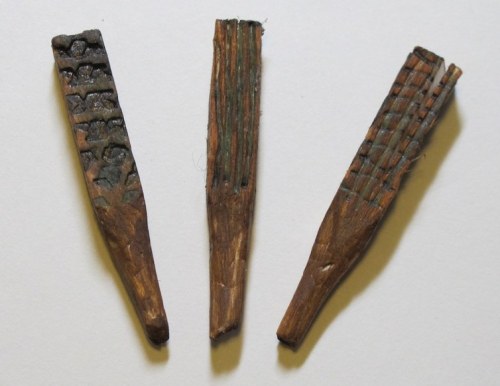


Broken…just right
Some mini artifacts
My eyes are strained and my hands are permanently stained and glued, but I have made some interesting replicas of the Hawaiian artifacts found in the museums mentioned in this blog. Here are some examples and some of the work involved in getting them done.
The most fun was working with miniature gourds (called Tennessee Spinner Gourds: Cucurbita pepo); you can buy them online, including at Local Harvest). They are a bit expensive so I also bought some seeds to grow my own next year. I cut them open with a Dremel drill and it created a nice burnt edge. I painted them with several different colors that I wiped off immediately to give a stained look and then waxed them (using Museum Wax) to give a realistic surface (which on a real gourd would probably be burnished). Several of the water bottle shapes are tied with cords that are used to carry or hang them. The cords are embroidery thread dyed with black tea and then stained with paint.
Surprise: There are good seeds inside!
Museum wax used to coat gourds but also to secure miniatures in a display

Gourd water bottle with handle
Another water bottle with a hanger
Mini gourd drum (Ipu Heke)- the top should be smaller but I didn’t have a gourd small enough
Adding the cord hangers was not easy with my big hands
I made some miniature kapa sheets (called tapa in other parts of the Pacific). I used thin sheets of mulberry paper kindly ordered for me by the Merion Art and Repro Center in Ardmore. Real kapa is made from the mulberry plant too. I painted and stamped it, using some traditional Hawaiian motifs but not directly copying any one piece. These sheets are about 3 inches wide. I dyed the sheets (which were white) with black tea.
Finally, it was back to the feather cloak which still has only a thin layer of feathers. I started adding tiny feathers for the next layer using “Mod Podge” (instead of glue) this time. A much better approach.
And so, back to work!
Mockups and tear downs
I tried making a mockup of the miniature setting I hope to have in the Flower Show. Well, actually, first I tried to draw it, many times, but I can’t draw and only got a vague sense of where things might go.
So then I tried to make a 3D version with foam board:
This seems to be a better approach for me but after a few tries I have decided to rip it apart and start over:
Oh, did I mention that my scene will include a murder???
The Museum of Hawaiian Plant Lore
My miniature setting for the 2012 Philadelphia Flower Show is going to be a miniature museum that highlights Hawaiian plant lore and mythology. I have been researching the stories, myths, chants, and belief systems of the ancient and contemporary indigenous Hawaiian (I am an anthropologist, by the way) so what I will present in the miniature exhibits will be based in real information about Hawaiian culture. You can read about Hawaiian mythology here, and you can search for information about native Hawaiian plants here. Here are some of the topics I hope to cover, although I am not sure how many I can fit into the space we have (36″ by 22″).
PRELIMINARY TOPICS
The Hawaiian worldview, the way they see the world and how it works, relies on an integration of the world of the gods, the world of humans, and the environments in which they interact. An intimate knowledge of the physical world is tied through language, stories, and rituals to a sense of place, plants, animals, and physical forces as living beings all related to each other. The world is not divided up , as it is in Western cultures, into separate realms of science, religion, environment, or politics. Instead these are all aspects of every living thing, from a stone to a plant to a specific god. According to Beckwith’s classic study of Hawaiian myths, “Vegetable growth is regarded by Hawaiians with more religious awe than animal life because it is not so intimately associated with man. All life other than human springs from the gods since it is out of control of man. It is therefore alive with spirit force. Plants are thought of as transformation bodies of gods and as such take their place in myth.”
TOPIC 1: THE KU GODS KU, like most traditional Hawaiian gods, has many aspects. For example, he is associated with rain and forest plants and some of his names in this roles are:
Ku-moku-hali‘i (Ku spreading over the land)
Ku-pulupulu (Ku of the undergrowth)
Ku-olono-wao (Ku of the deep forest)
Ku-holoholo-pali (Ku sliding down steeps)
Ku-pepeiao-loa and -poko (Big- and small-eared Ku)
Kupa-ai-ke‘e (Adzing out the canoe)
Ku-mauna (Ku of the mountain)
Ku-ka-ohia-laka (Ku of the ohia-lehua tree)
Ku-ka-ieie (Ku of the wild pandanus vine) (taken from Beckwith, Hawaiian Mythology)
His role as the god of war and battles is familiar from “tiki” figures of a fearful, angry being with a wild face and human body. There are real images of a type of KU figure (you can see one here from the British Museum) that is the basis for some of these tourist productions..
Kuka’ilimoku is the war god, associated with King Kamehameha, and dubbed the “snatcher of lands.” But Kuka’o’o is the god of the digging stick, the ‘o’o. Ku also gave the breadfruit tree, the ‘ulu, (ARTOCARPUS ALTILIS) by burying himself in the earth during a famine and, watered by his wife’s tears, grew into the ‘ulu. I will develop an exhibit on Ku and his male generating force associated with plants and trees, including breadfruit, which became a staple food in the Hawaiian islands.
Breadfruit:
TOPIC 2: PELE AND KAMAPUA’A Kamapua’a is the shape shifting pig-man demigod who is also able to take the form of various plants. In one battle with his lover Pele, the goddess of volcanoes and fire, Kamapua’a took the form of the ‘ama’u fern (SADLERIA sp.) which today lives on the slopes of the caldera of Kilauea as a reminder of their encounters. The exhibit will use a cascading fountain to simulate lava flowing, surrounded by plants and ferns and a statue of Kamapua’a in his pig form.
 Kamapua’a
Kamapua’a
TOPIC 3: KAPA The bark cloth, kapa, made from the wauke, the paper mulberry tree (BROUSSONETIA PAPYRIFERA). Kapa was used for clothing, as blankets, as room dividers, to wrap offerings, to wrap the bones of the deceased, and to dress ceremonial objects, among other things. Kapa (called tapa elsewhere in the Pacific), was painted, dyed, stamped, and stenciled using dyes from other plants. It was made by beating the prepared bark and then attaching the thin pieces to each other with glue made from the ‘ama’u fern (same as the one in the above story of Kamapua’a). In mythology, the first wauke grew from the body of Maikoha, a man with several children who directed them to bury his body by a particular stream. When they did, the tree grew from his body and the children processed it into the first kapa. Maikoha became the ancestor god of kapa makers.
TOPIC 4: GOURDS
Gourds had many uses. They we used to carry and store water and could be made into drums for hula. The single gourd drum is an ipu and a double gourd drum is an ipu heke. Rattles and game equipment were also made from gourds. A malevolent spirit could be identified by the type of reflection made in a gourd carrying water, revealing its presence to others. Seers could look into a water-filled gourd and make predictions. Gourds were often carried in a string net. Special gourds served as the “ipu o Lono,” or Lono’s gourd, and were used in different ceremonies, including the weaning of boys.

Double gourd drum, photo by L. Krasniewicz

Decorated Gourd, Bishop Museum
TOPIC 5: KOA The koa tree (ACACIA KOA) produced wood that was used for canoes, paddles, spears, surfboards, and ritual objects. Koa is strong and beautiful, with swirls of different colors in the wood. A Koa tree chosen for a canoe was subject to approval by a local priest who used dream divination to decide if the tree was approapriate. Offerings were made to the gods of the forest.
Hawaiian capes and cloaks
I have started designing artifacts for the miniature Hawaiian museum. The first things are feather capes which are smaller than the cloak that I showed previously. I drew the capes in Adobe Illustrator using photographs of one real cape and a real cloak which I made smaller. The cloak is from the British Museum collection.
The British Museum cloak (see their entry in their online collection for details of the cloak’s history):
The cape is from the Bishop Museum collection and its information can be found here.
Illustrator work on the cape:

I printed the images on silk (it took 3 tries to get the saturation of the ink correct). I matched the colors to the images and to the mini feathers that I purchased. These are the final prints. The silk has a paper backing to get it through the printer. I will remove the backing before I glue the feathers on.
Lucky finds at the miniature show
One of the artifacts that I hoped to make for my Hawaiian Culture museum was a miniature replica of a feathered cloak that for years was displayed in the Penn Museum. Here is what the cape (called ‘ahu ‘ula) looked like when it was displayed (see the museum website).
Sadly, the entire Polynesia display has been permanently removed but I was able to see the cloak in a drawer in storage, thanks to Adria Katz, the keeper in charge of the collection.
But I was never able to find small scale feathers that I would nee to make the cloak look accurate so I was planning to simply print the design on silk. But then I found miniature feathers and now my life will be filled with the eye-straining adventure of gluing little feathers to make the cape. I am making this public so I don’t chicken out.
Mini feathers found at JoAnne Roberts’ booth will do the trick:
Other finds include some rough mini pots that I may paint or design, found at “Small Time Creations”:
A couple of surfboards that I will try to make look like original Hawaiian boards were found at a shop called “Small Talk.” And some tropical wallpaper at “Designing Ways”:
The Quest for Artifacts: Philadelphia Miniaturia
This weekend is one of the largest miniature shows on the east coast, Philadelphia Miniaturia, which is held not in Philly but in Cherry Hill, N.J. The show featured many high quality artists.
I was searching for object that could work in the Hawaiian Culture museum I am building. Not surprisingly, I did not find any Hawaiian themed objects but I did find out that other participants in the Flower Show were also there looking. What I did find were many friendly and helpful people and I was able to buy several turned wood bowls from two different artists. Their wood pieces resembled those I have seen in the Penn Museum collection (see the next blog entry) and in the digital database of the Bishop Museum in Hawaii.
First the wood pieces. I bought two bowls from “RJT Miniatures.” Rob and Kate Tuckham came all the way from British Columbia with their wonderful wood designs for the show and actually had a bowl made of koa, a Hawaiian wood.
I also bought a rimmed bowl from Bear and Lisa Limvere of “Standing People Designs.”
Their works are also beautiful and they were very helpful, showing me a lot of different minis as we tried to find something that was close to the shape of real Hawaiian artifacts. I chose this rimmed bowl.

INTRO: Miniatures at the Philadelphia Flower Show
Each year, the Philadelphia Convention Center is transformed into a garden paradise when the International Philadelphia Flower Show (which everyone here calls simply the Flower Show) opens. During the show, which runs for a week in March, you will find dozens of people in line each day waiting for a chance to see the display of scale miniature gardens. I will be documenting my entry in this year’s miniature setting display.
The theme this year is “Hawaii” which should be easy to do, or so you might think. There are indoor settings and outdoor setting, 6 of each. I “volunteered” to do an indoor setting because everyone else, dreaming of palm trees and orchids I guess, wanted the outdoor category. I did an outdoor setting last year (see Jules Verne’s garden here or see a few of the images below) but an indoor room is particularly challenging for Hawaii. All the spectacular concepts I could conjure (crashing waves on pristine seashores, lava-spewing volcanos with shocking green plants contrasted with the black ground) are outdoor ones. And who wants to be indoors in Hawaii???
So I thought of something we did indoors when we visited Hawaii and the idea of creating a miniature version of some of the rooms in the Bishop Museum in Honolulu came to me. I was most interested in the exhibits on ancient Hawaiian culture (I am an anthropologist, by the way, and have worked in a museum) and while the Bishop Museum has recently renovated its exhibits, I thought I could focus on topics I was interested in rather than on replicating the actual museum. So, I will be creating a few rooms of a (fictitious) museum of Hawaiian Culture, with a focus on plant lore and mythology.



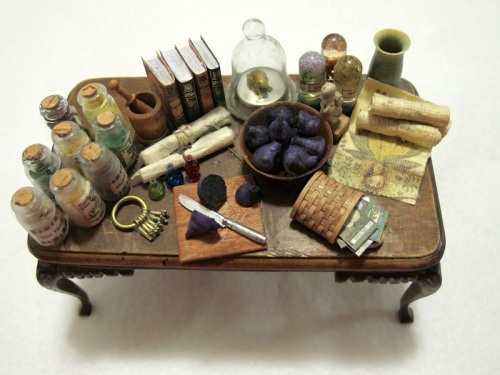




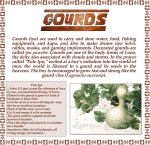



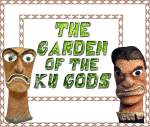
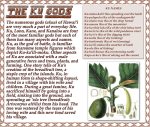
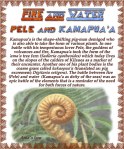










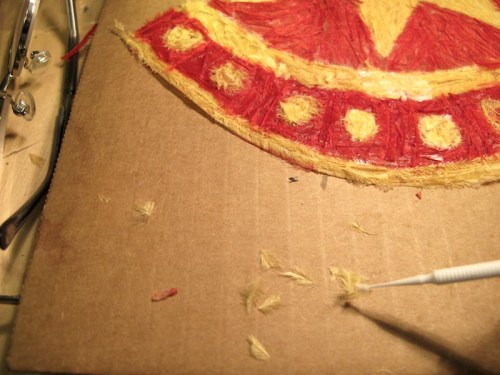
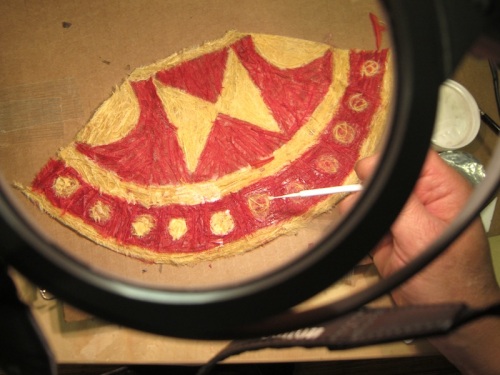
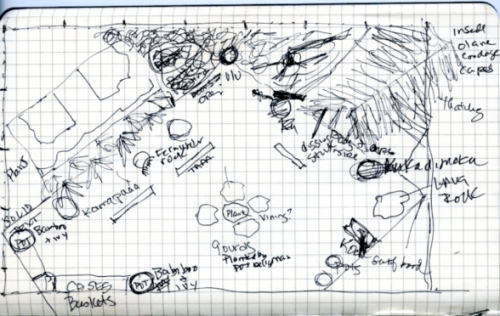

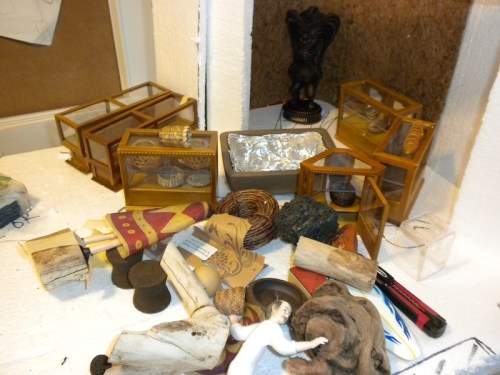
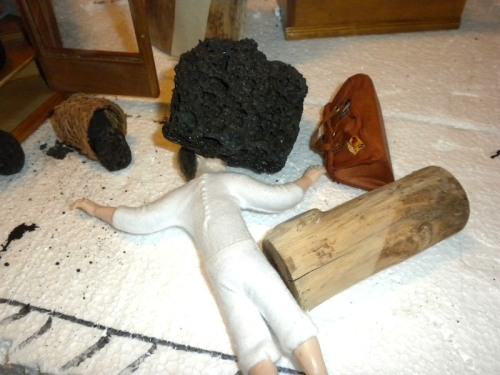


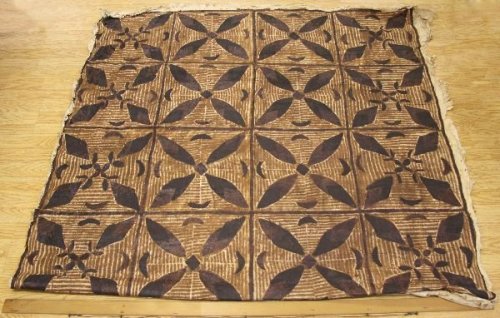

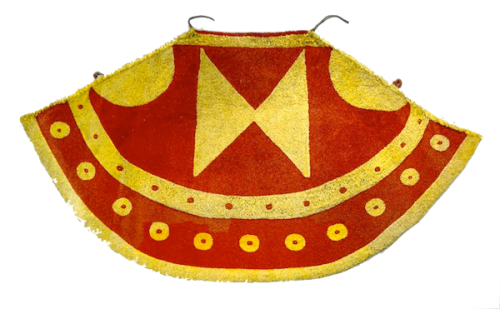
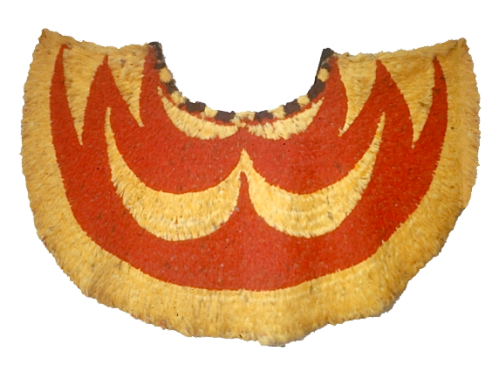


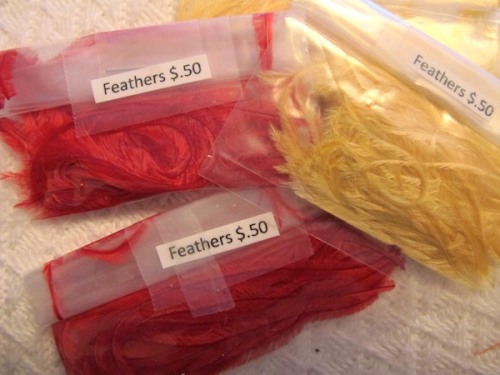




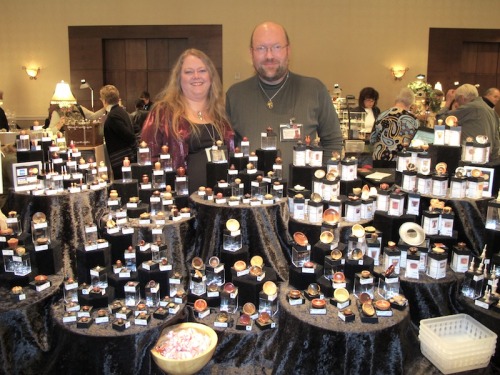
You must be logged in to post a comment.